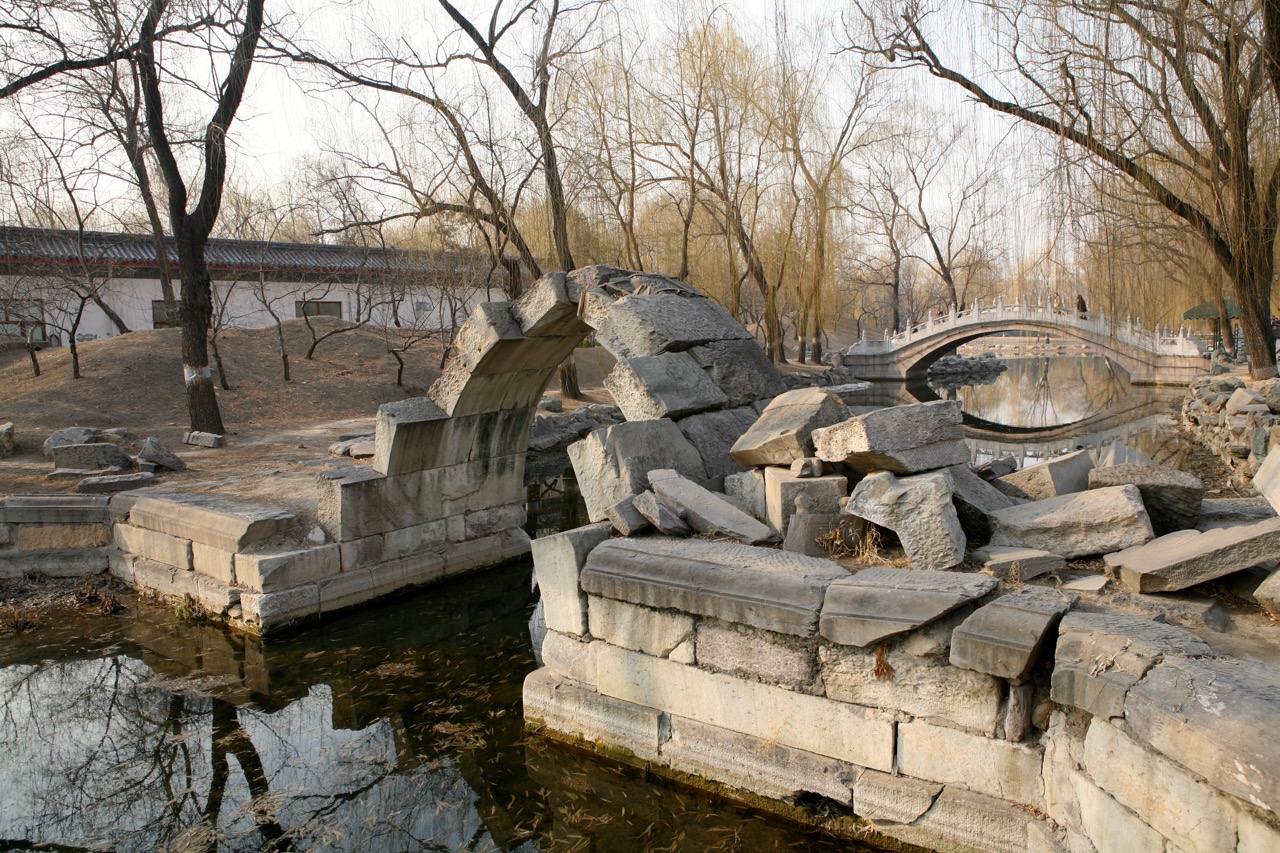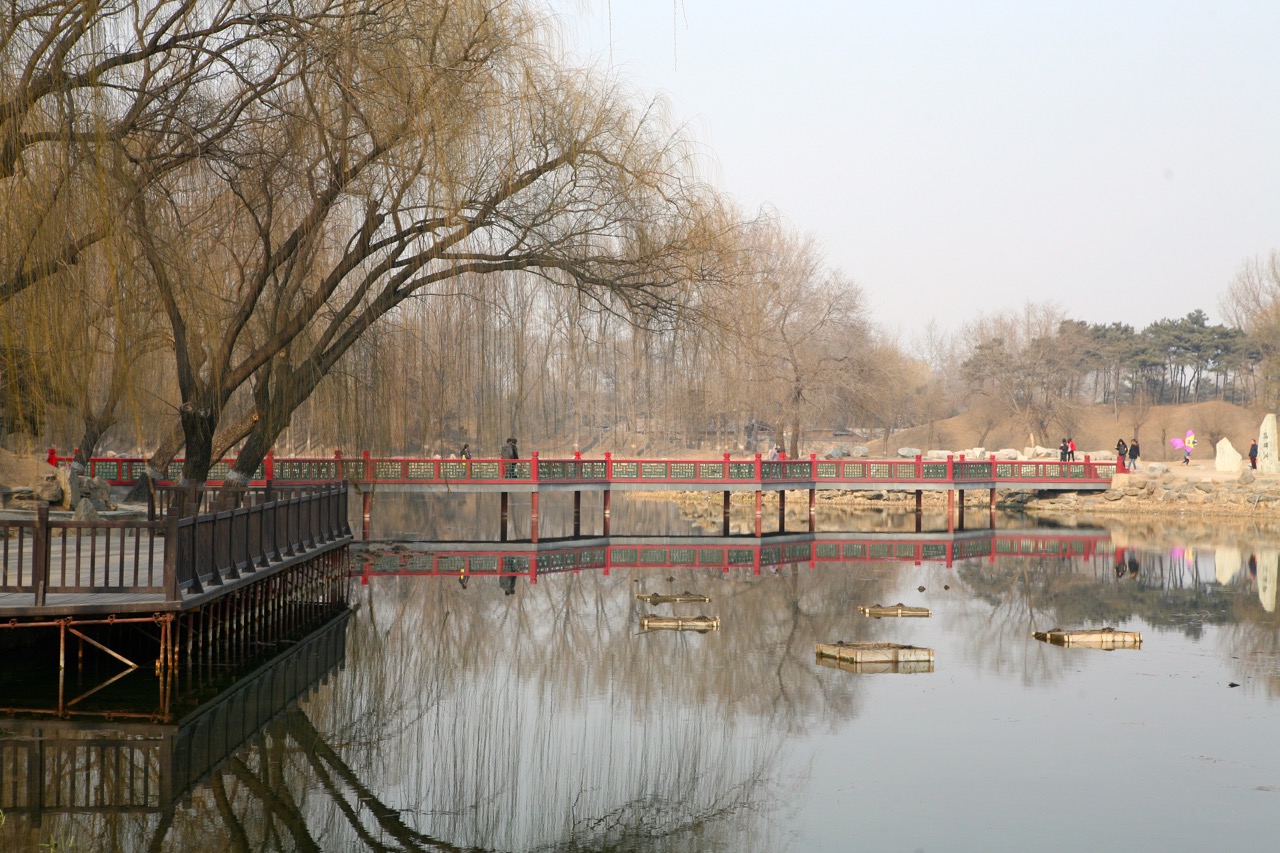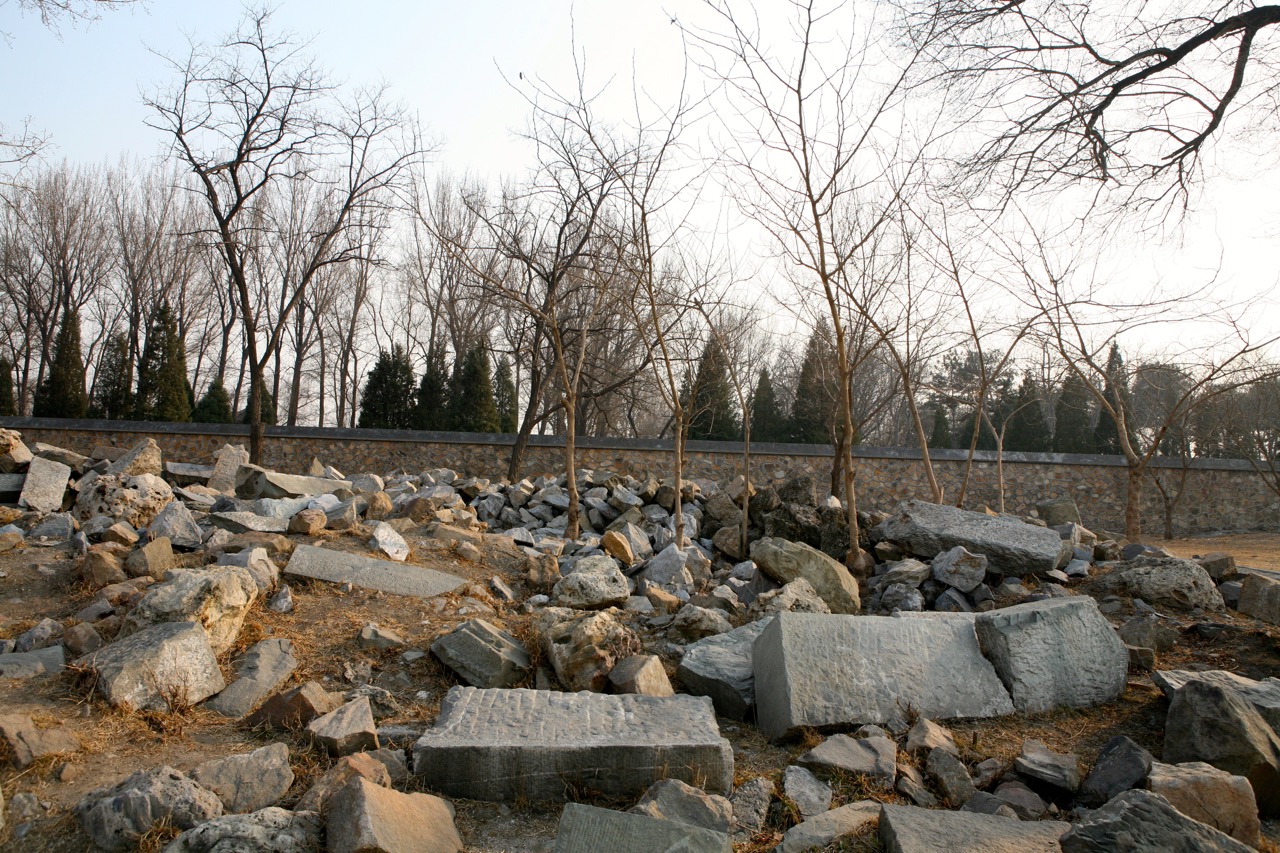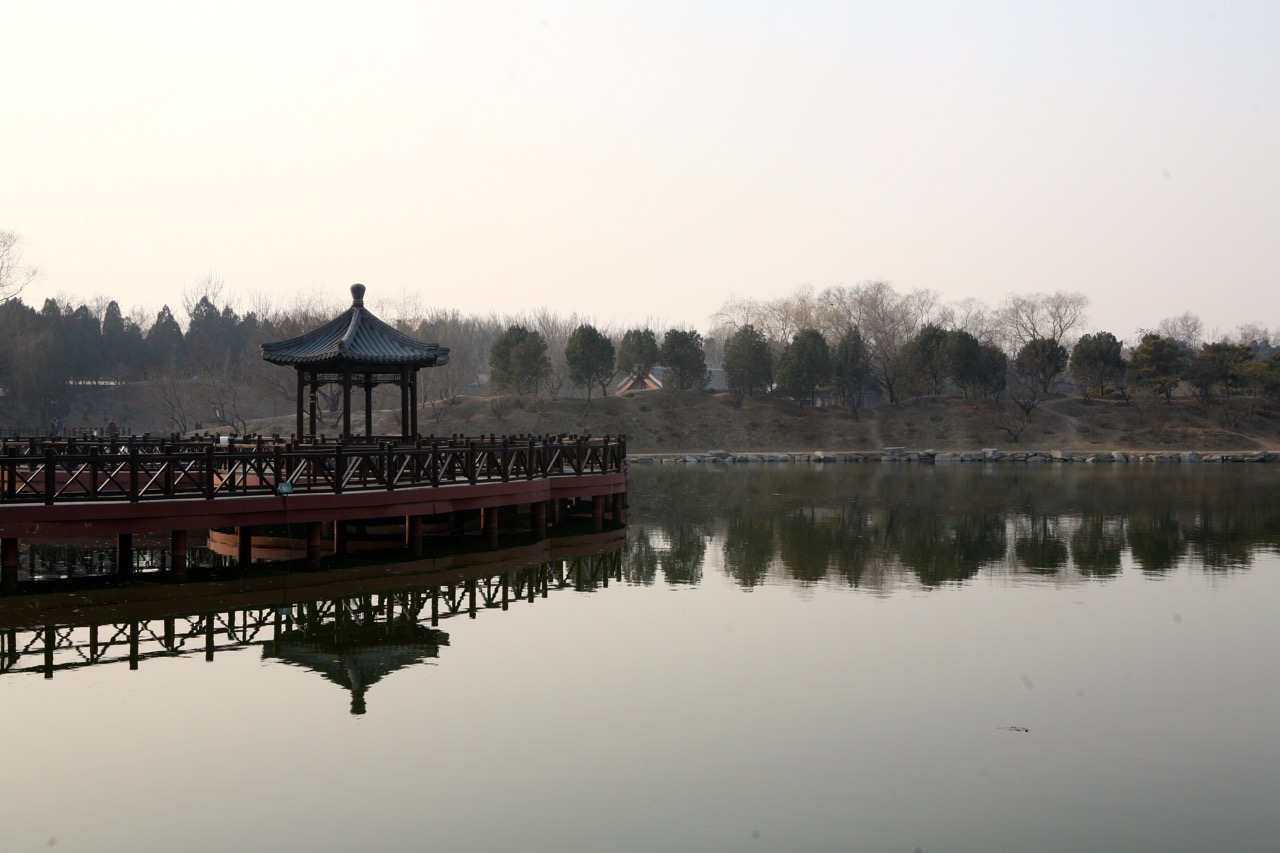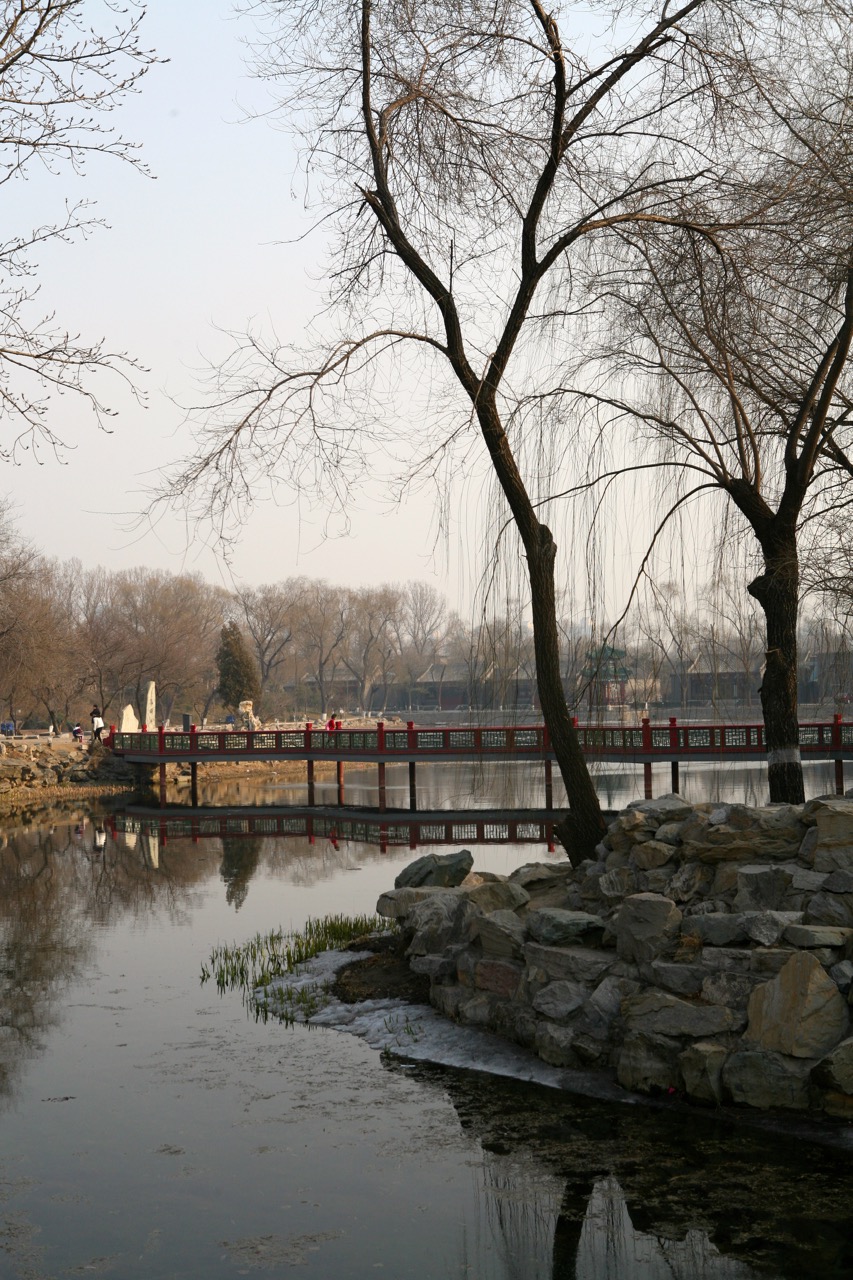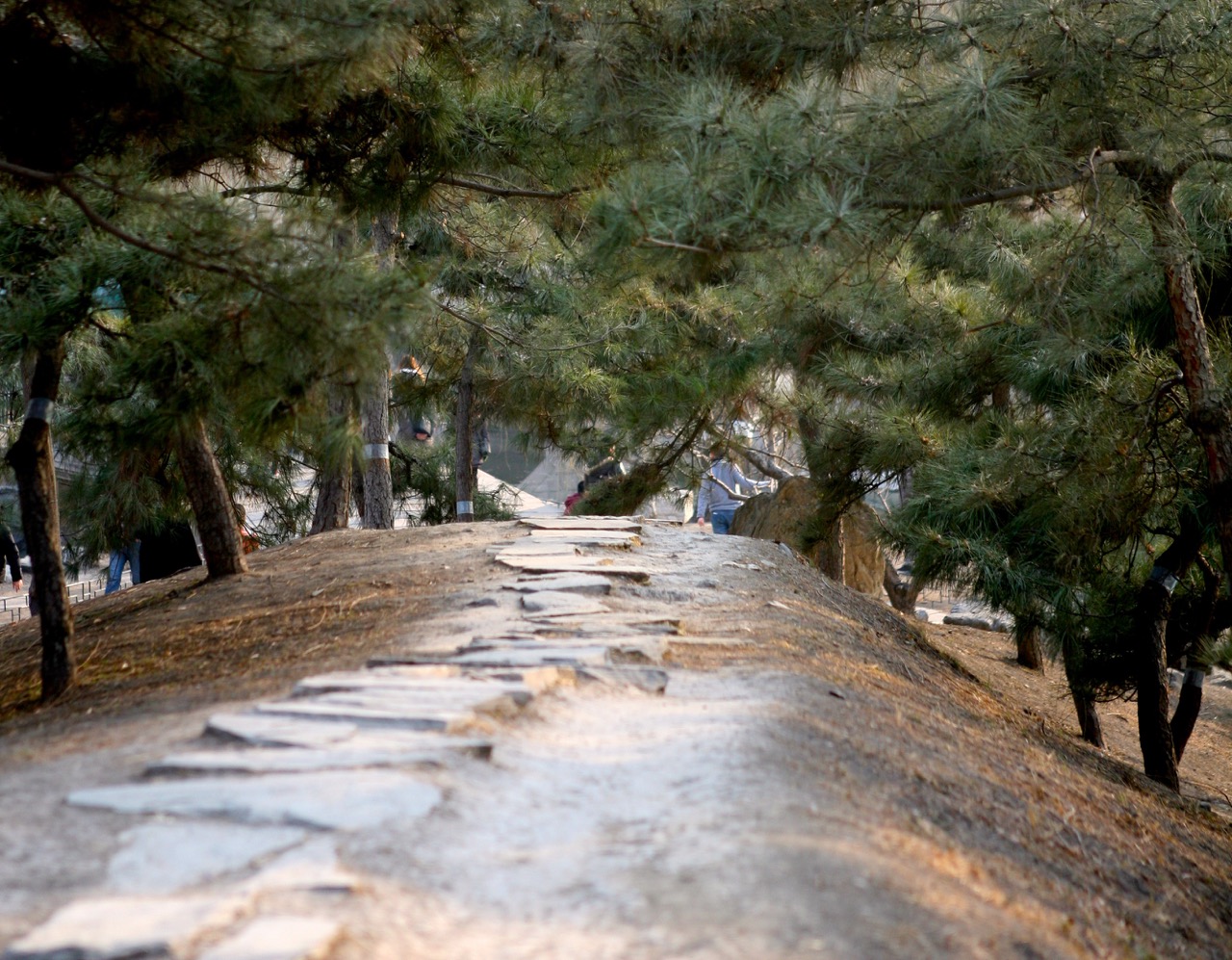I find visiting gardens around the world a wonderful way to gain design ideas and connect with nature. And I also love how gardens provide a window into culture and history. Sometimes I plan my trips around gardens that I have heard about, and sometimes I stumble across something unexpected.
During a trip to Beijing I hired a driver to visit some gardens. Having been to the famous Summer Palace, I was excited to visit the less well-known “Old” Summer Palace. Its name Yuan Ming stands for the Garden of Perfection and Light. I hadn’t had time to research this garden but was excited to see Chinese landscape design from an earlier time. It was built in 1709 around 40 scenic spots and known as "Versailles of the East."
I understood that Yuan Ming was a beautiful royal garden that was destroyed during the Opium Wars. Descriptions led me to expect ruins surrounded by a garden. How beautiful I thought. Gardens surrounded by ruins are a romantic concept in the West. The picturesque movement built structures meant to appear old and the stunning gardens at Ninfa are a wonderful example of a landscape built around an abandoned Roman town.
Imperial Summer Palace before the of Burning Yuan Ming Yuan, by Felice Beato, 1860. Source: The J. Paul Getty Museum.
The Great Imperial Porcelain Palace, Yuan-Ming, 1860, by Felice Beato, Henry Hering. Source: The J. Paul Getty Museum
Instead I found something quite different. An unsettling reminder of the complex history between China and the West. From history class I vaguely recalled the tea, silk, and porcelain trade and the subsequent opium wars. But I didn’t expect to come face to face with it during my visit to a garden.
For those like me who were foggy on the details, the summary is that in the 1800’s Europe ran a huge trade deficit with China. Tea and silk poured in from China but China didn’t have a need for any products from Europe. In an attempt to solve the trade imbalance, the British sold highly addictive opium to the Chinese population who would then be compelled to buy more. The Chinese government did not want opium sold to its citizens, so British and then French forces invaded China to force open the market. The West won the battle and succeeded in getting China to sign several treaties were known as the “one-sided treaties” in China. Among the terms, China had to open additional ports to trade (including Shanghai), hand over Hong Kong to Britain, and legalize the import of opium! The invasion was humiliating and its final push included strikes against important cultural institutions such as the Summer Palace gardens.
Instead of restoring the palace compound and gardens, the Chinese chose to preserve the ruins as they were left by the attack. Signs throughout the gardens remind visitors of these events.
Visiting the garden today, the attack felt fresh and recent. There was no attempt to integrate the rubble into the garden to soften it. Nature has not been allowed to encroach on the ruins. The result is a feeling of rawness. Just as intended.
Scholar Julia Lovell, author of The Opium War: Drugs, Dreams and the making of China (2011) put it well in saying, “The Opium Wars of 1829-42 and 1856-60 between Qing-dynasty China and Britain are a perfect case study of the international divergence of opinion… In China the conflicts… are a national wound… In Britain the wars barely seem to register in public memory.”
When you are in Beijing, don’t miss a visit to Yuan Ming, the Old Summer Palace. It shows us the power of place in helping us remember our stories.

